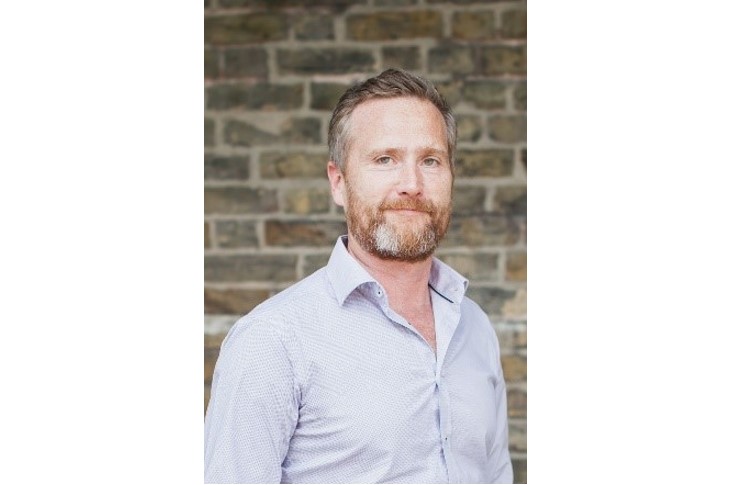Ahead of World Green Roof Day, we asked Andrew Thornhill, Director at leading landscape architects, Churchman Thornhill Finch, to share his thoughts and insight…
Friday 5th June 2020

Thinking about World Green Roof Day on 6th June, led me to reflect on the loftier work of Churchman Thornhill Finch over the last 20 years. Initially thinking about the mostly unseen ecologically focused roof tops, where we created some of the very first UK Brown Roofs in the east end of London, then developed the use of site won substrates with manufactured soils and kick starting the natural colonisation of these spaces by seeding and plug planting techniques.
We then began to enable accessible semi intensive biodiverse systems for amenity use and as part of Biosolar arrays. Last year, one of our major clients provided us with the opportunity to comprehensively analyse extensive and semi extensive green roof techniques and our work on blue roofs. This included surveys of completed biodiverse roof installations employing varying methods of construction to enable production of a Living Roof Design Guide. This guide will promote biodiversity and climate change resilience on their future developments and improve delivery of these systems. Sometimes delivery can prove more challenging than it really needs to be so an opportunity to help supply chain understanding was welcome.
The combination of blue and green roofs is providing an interesting area of design development for our practice, with projects increasingly realising the benefit of addressing storm water attenuation across the roof scape. We have found that many of our extensive systems can cope with temporary inundation of the substrate and plant communities, reducing complexity and the need for additional attenuation layers. We are also increasingly combining drainage of higher levels roofs with rainwater harvesting at mid-level podiums as a means of reducing use of potable water for intensive green roofs and improving resilience.
We are now developing this approach on our podium gardens with passive and mechanical irrigation systems coupled to weather tracking software that allow us to utilise a projects storm water attenuation capacity for rainwater harvesting. As well as nourishing the plants, we have created roof top ponds that are feed by the development’s water shed and are just finalising details for a passively irrigated podium garden, where stored water discharges from the system via a cascade into an adjacent park in advance of a replenishing storm. We imagine in time passers-by will come to use it like a ‘weather clock’.
The opportunities for green roofs are ever increasing and provide such a valuable part of our urban landscapes; well worth celebrating!
Andrew Thornhill CMLI
About Andrew
Andrew creates landscapes you want to live in: places where you can delight in the everyday. His design philosophy is rooted in research and innovation, going to ever greater lengths to test new ideas and concepts. Water development and design is a particular area of richness in Andrew’s work - exploring how to deal with flood resilience, how to catch storm water and how to channel it through the landscape to create urban waterfalls and passively irrigated gardens.
Having studied horticulture and land management, Andrew went on to gain a distinction from Kingston in 1999 for his post-graduate landscape architecture diploma. Andrew joined Churchman Thornhill Finch in 2005 where he is now a partner.


